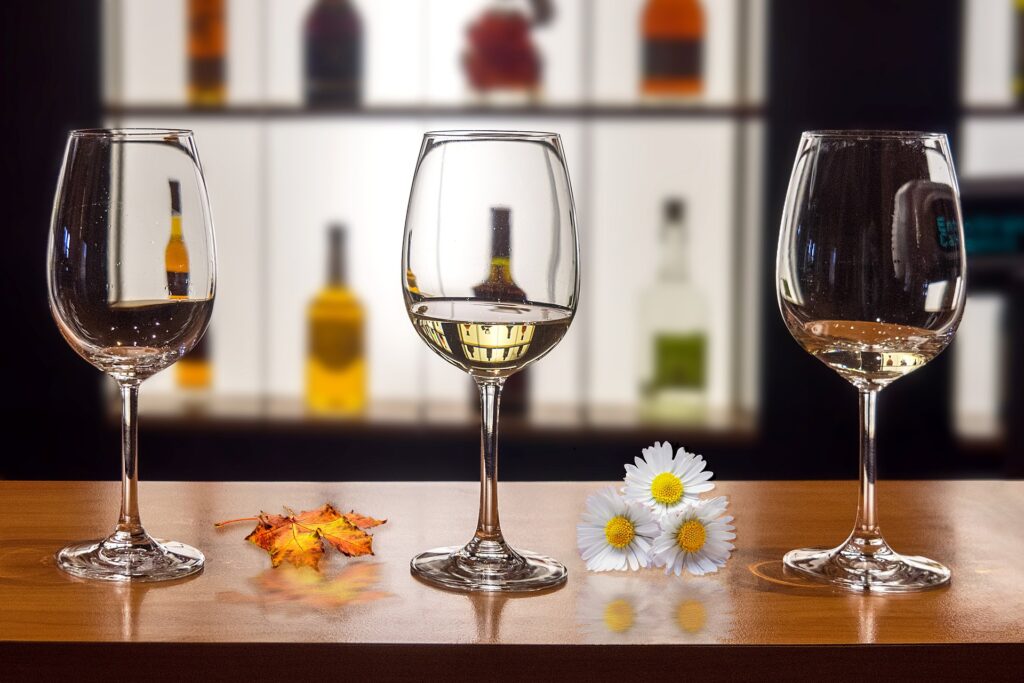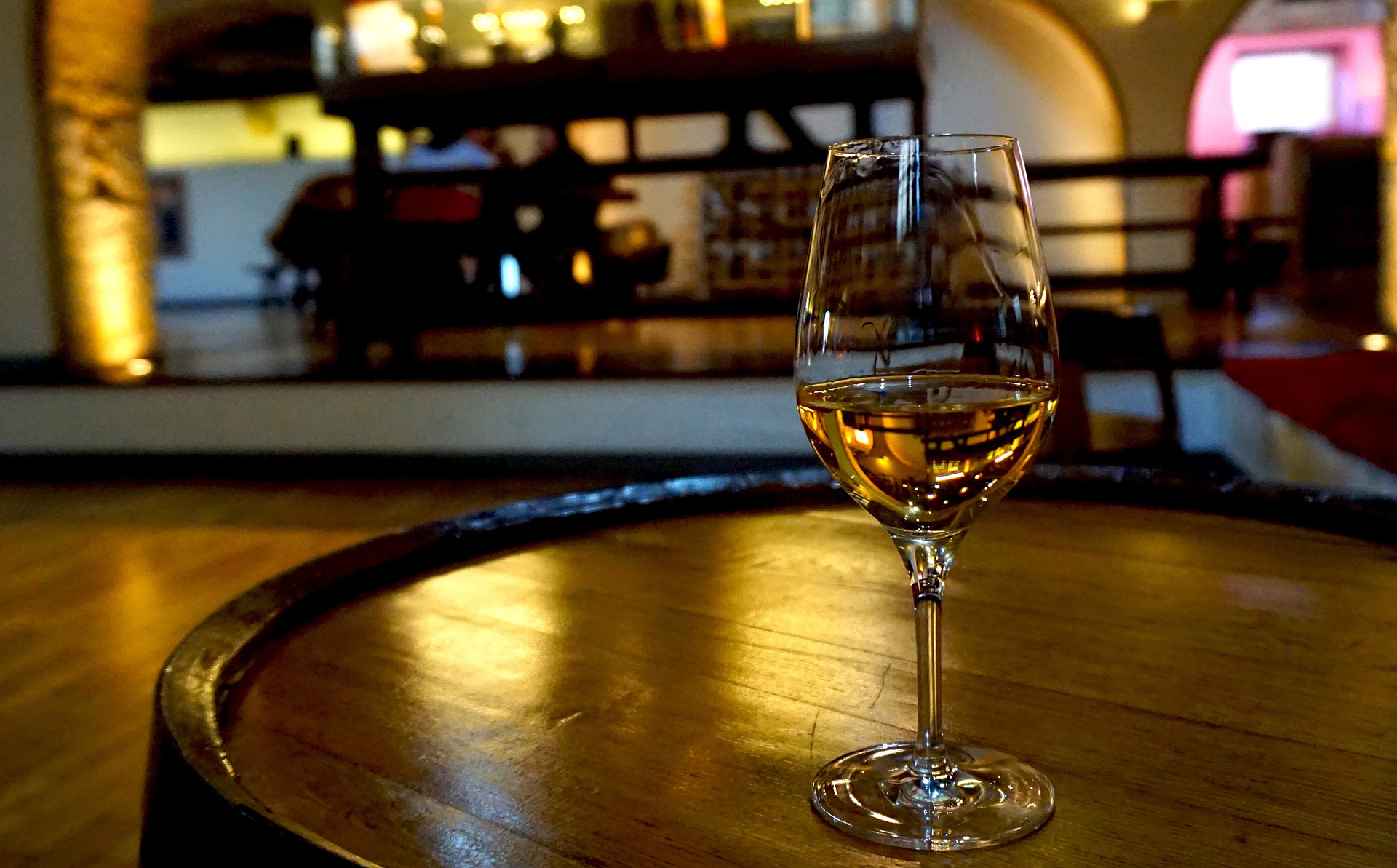
Flavor Profiles of Wine
Earthy? Fruity? Spicy? Discovering the nuances between one bottle of wine and another is an art form that takes some time and experimentation to master. You’ve likely heard the typical descriptive terms for wine pairing, but what do they mean? Why is a Pinot Noir described as more ‘earthy’ and a Zinfandel more ‘fruity’ and […]
Read MoreEarthy? Fruity? Spicy? Discovering the nuances between one bottle of wine and another is an art form that takes some time and experimentation to master. You’ve likely heard the typical descriptive terms for wine pairing, but what do they mean? Why is a Pinot Noir described as more ‘earthy’ and a Zinfandel more ‘fruity’ and ‘spicy?’
Learning the basics of wine pairing and identifying the primary, secondary, and tertiary aromas in wine can boost the energy of your evening and make for great discussions with your guests. Keep reading Metarom’s quick rundown of the most popular flavor profiles of wine.
Earthy
Your earthy wines are the Pinot Noirs, Nebbiolos, and Gamays of the world. They are bold and contain undertones of soil, a woodsy scent, and perhaps a faint mushroom flavor, and they are among some of the most renowned wines of the world. Think of the bold Barolos and Barbarescos of Italy in all their glory! Your earthy wines can be paired with anything from a rich stew to gamey meats like lamb and duck.
Peppery or Spicy
A glass of red wine with your steak dinner is a timeless tradition rooted in social gatherings and family dinners. Hosts or restaurateurs may have described red wine as ‘spicy.’ But what does that entail exactly? Your typical flavor profiles of a spicy wine have a faint taste of pepper, cinnamon, or even anise. Wine’s spicy flavors and primary aromas can come in red and white varieties.
Acidity
Some wines leave you with puckered lips long after you sip, while others seem smoother and milder in flavor at the finish. There are different types and levels of acidity, ranging from a citrus flavor to a milder fruity taste with a ‘soft’ finish that develops as the secondary and tertiary aromas in wine come through over time. The acidity of a wine can enhance its drinkability and how it pairs with other flavor profiles in wine.
Oak
Like whisky, rum, and brandy, wine is traditionally aged in barrels made of oak. The oak descriptor is a common term for the aromas in wine bottles that are aged this way. Primary aromas in oaky wine are not as noticeable. As they age, aromas will vary between nutty, woody, or complex depending on the length of aging. Secondary and tertiary aromas in wine bottles aged in barrels become stronger the longer they are allowed to sit and ferment.
Fruity
Typically, wine falls into two fruity categories – red fruit and black fruit. In a Zinfandel, you might get more of a blackberry or boysenberry flavor, whereas a merlot might be described as having more of a full red cherry fruit flavor. Dark burgundy or black fruity shades and flavors are prominent in full-bodied wines.
Wines described as ‘fruity’ are not always synonymous with ‘sweeter’ flavor profiles. In wine, the color of grapes can impact the shade of the wine – anywhere from a clear white, to a rose, or even a deep red. In the aging process, certain fruit flavors may overtake the final product more than others.
Floral
Floral wines are reminiscent of the summer months. The flavor profiles of wine with floral undertones bring images of rose petals, lavender, and a light sprinkle of herbs to mind. They are cool, airy, and pair well with a salad or lemon meringue pie. Think of white German wines such as Riesling or Gewurztraminer. In the aging process, the primary aromas in wine are intensely floral in the younger versions. These floral notes can also be recognized in a Chenin Blanc, Moscato, or Viognier.
Mineral
In some regions like the Loire Valley in France, a flinty mineral flavor is the common essence in grapes grown and aged in that particular region. As a wine ages and ferments, its secondary and tertiary aromas sometimes leave what is described as a mineral taste on its flavor profiles. This mineral taste in wine is usually subtle, as the aging process can cause other taste notes to become a bit stronger and diminish it.
Leathery
When the term ‘leathery’ is used to describe a bottle of wine, it usually means that it is high in tannins. Tannins are the remnant seeds, stems, and skins of grapes that can be left over after aging. A leathery texture means the wine leaves a bit of a dry flavor on your palate after a sip. You may even see the tannins in the wine, but they become more subtle in flavor profiles and decrease visibility as the wine ages.
Sweet
As a final finish, a sweet dessert wine could have just the intense aroma you crave. Try a small glass of port, ice wine, or other late-harvest wine varieties. The primary aromas in wine that would be described as ‘sweet’ usually have an infusion of honey, peach, lychee, or other tropical fruit. As the wine is harvested and fermented, secondary and tertiary aromas develop and may be influenced by the concentration of the sugars in the frozen grapes when harvested.
Pair Your Wine Like a Pro
Generations have gathered around the table, pondering what wine to pair with the evening’s meal or vibe. With the primary flavor profiles of wine in mind, you can use a simple pairing guide to create a go-to menu of the best wines for your next big event or use the above descriptors as your guide. You can even add some fantastic flavors after aging to infuse your best glass of vino and create a one-of-a-kind beverage! Now, all that’s left is to sit back, sip, and enjoy! For more guidance on pairing wine and its flavor profiles, contact Metarom online.



